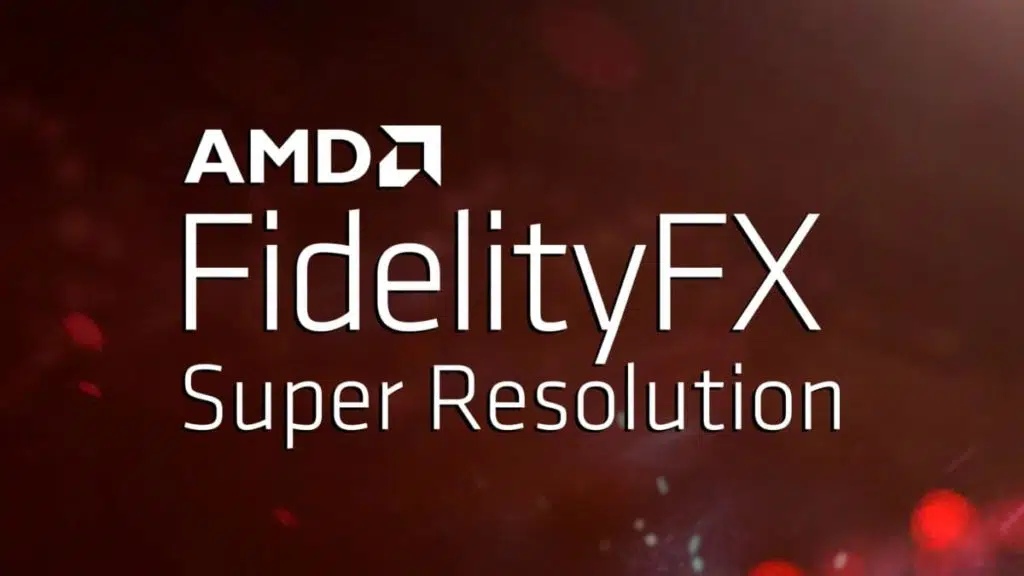
AMD FidelityFX Super Resolution 4.0, or FSR 4.0, will reportedly switch to AI algorithms for its upscaling solution. AMD FidelityFX Super Resolution has undergone various changes since its debut in 2021. AMD’s open-source upscaling method first used spatial upscaling and then switched to temporal upscaling in 2.0. Version 3.0 has seen the addition of frame generation, similar to NVIDIA introduced with DLSS 3.0. While AMD has been committed to its open-source approach that does not require proprietary hardware like DLSS does, it appears it will be moving forward in using some sort of AI integration.
AMD Senior Vice President Jack Huynh spoke with Tom’s Hardware explaining how FSR 4.0 will be AI-based. Huynh’s focus seemed to be on the growing gaming handheld market primarily using AMD’s mobile APUs. From the SteamDeck to ASUS ROG Ally, Lenovo Legion Go, ZOTAC GAMING ZONE, numerous AYANEO models, and more, the gaming handheld market has seen tremendous growth in recent years so it’s no wonder the Huynh is keeping track of AMD’s growing customer list who are seeking its mobile solutions. He emphasizes that the drive for switching to an AI-based solution is all about optimal efficiency and maximizing battery life.
Per Tom’s Hardware:
- “Jack Huynh: On the handheld side, my number one priority is battery life. If you look at the ASUS ROG Ally or the Lenovo Legion Go, it’s just that the battery life is not there. I need multiple hours. I need to play a Wukong for three hours, not 60 minutes. This is where frame generation and interpolation [come in], so this is the FSR4 that we’re adding.”
The AMD exec goes on to explain that the reason FSR 2.0 and FSR 3.0 were analytically based was due to the need to get them to market as quickly as possible. Huynh also recently explained how AMD’s GPU division is now focusing on increasing its gaming market share through increased mid-range sales instead of battling it out at the top. This seems to align with the strategy of getting earlier versions of FSR out asap to get partners on board but it sounds like AMD is ready to take FSR 4.0 to the next level following a similar path as Intel and NVIDIA. The AMD Exec has made sure his team knew there would be a new direction moving forward.
- “What I told the team was, “Guys, that’s not where the future is going.” So we completely pivoted the team about 9-12 months ago to go AI based.”
- “My number one goal right now is to maximize battery life. I think that’s the biggest complaint. I read the returns too from the retailer, where people want to be able to play these games.”
